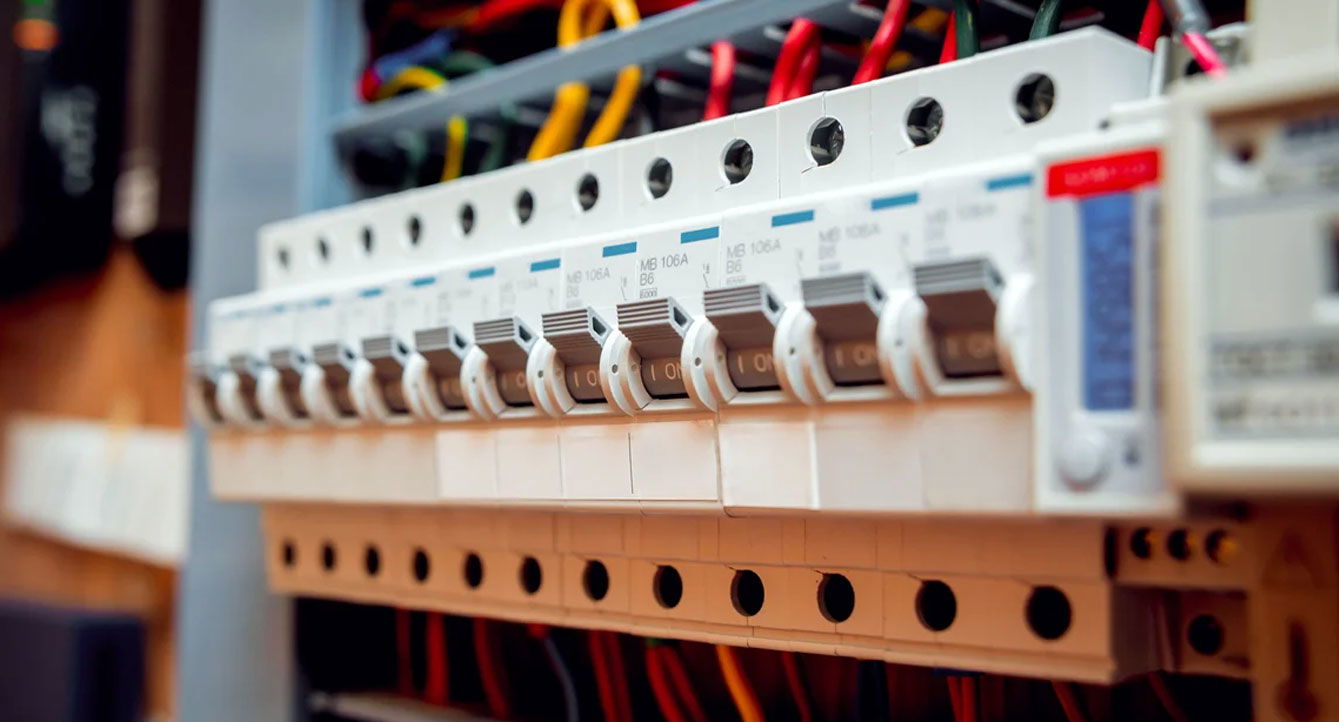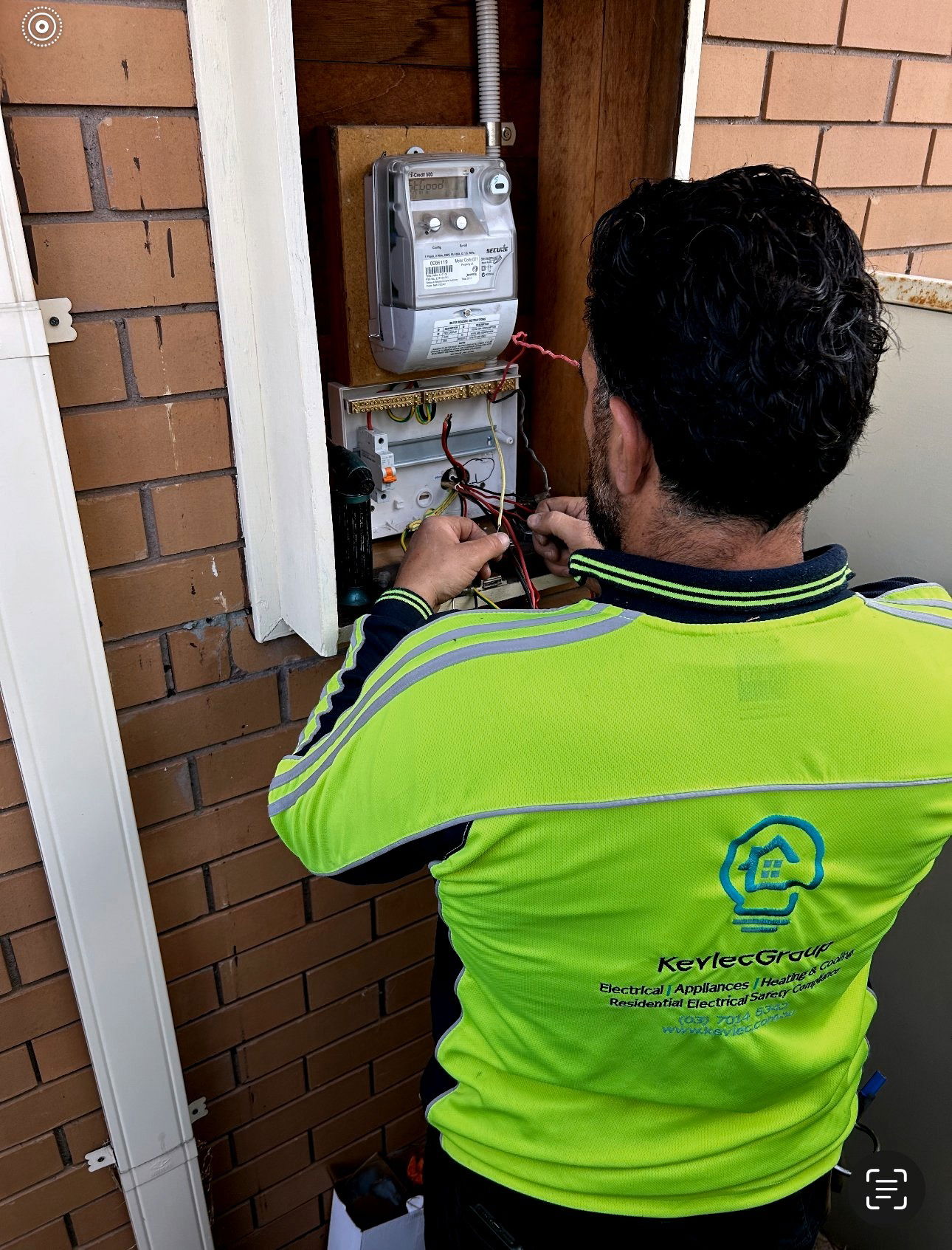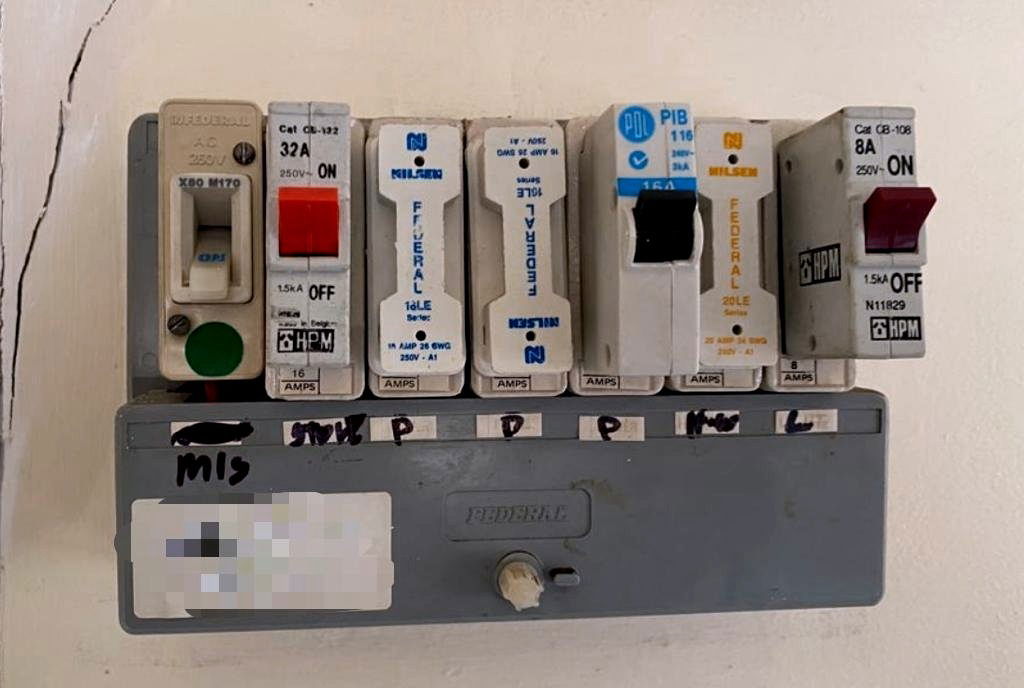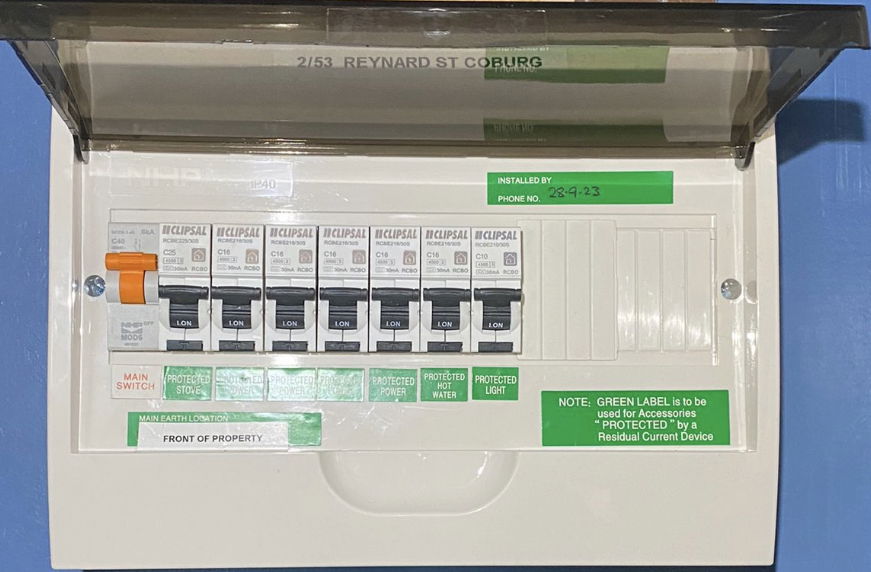Electrical Safety: Is Your Switchboard Safe?

As of March 29, 2023, Victoria's rental property regulations mandate the installation of safety switches on all power outlets and lighting circuits in order to meet minimum standards.
Backed by a robust workmanship guarantee and a manufacturer's warranty on all components, our switchboard upgrades are performed by licensed electricians, guarantee compliance with Australian Standards for your rental property.
Our commitment includes a same-day reconnection service for your tenants, minimising disruption and ensuring a legally inspected and certified upgrade that aligns with the new requirements..

Is Your Switchboard Ready For Compliance?
As of March 29, 2023, the Residential Tenancies Act (Vic) 1997 introduces new minimum standards for electrical switchboards in rental properties.
To align with these standards, all power outlets and lighting circuits must be equipped with a residual current device (RCD) or a Residual Current Breaker with Over-Current (RCBO) that complies with AS/NZS 3000 for wiring and a residual current device compliant with AS/NZS 3190, AS/NZS 61008.1, or AS/NZS 61009.1.
Failing to upgrade your switchboard to meet this requirement by the deadline will result in non-compliance with the RTA's minimum standards.
The repercussions are significant: tenants have the right to terminate their lease without notice or penalty before moving in, and in any ongoing lease, renters can classify a switchboard upgrade as an "urgent repair" request, potentially incurring up to $2,500 in costs for failing to address this request.
It's crucial to ensure your switchboard meets these standards to avoid such consequences.
Guide: How to Determine if Your Switchboard is Compliant
Visual Inspection: Open your switchboard panel or fuse box cover. Carefully examine the fuses. Old ceramic fuses are usually cylindrical in shape and have a ceramic body. They may have a screw cap at one end for easy removal. These fuses often look different from modern circuit breakers or safety switches.
Check for Labelling: Look for any labels, markings, or inscriptions on the fuses. Ceramic fuses may have rating information and possibly a manufacturer's name or logo. These markings can be a strong indicator of their type.
Age of the Property: If you live in an older property, it's more likely that you have ceramic fuses. They were commonly used in electrical installations before the widespread adoption of modern circuit breakers and safety switches.
Consult With a Kevlec Electrician: If you're unsure about the type of fuses in your switchboard, it's always a good idea to consult our team at Kevlec
Review Property Records: If you have access to property records or documentation from previous electrical work, this information might indicate the type of fuses in your switchboard. They can safely inspect your switchboard and provide expert advice on its components.
Non-Compliant Fused Type Residential Switchboard

Updated Switchboard With Safety Switch Protection

How to Identify if Your Switchboard Has Safety Switches
Identifying safety switches on a switchboard is important for electrical safety in homes and workplaces. Safety switches are designed to quickly disconnect power when they detect a fault, such as an electrical leak or a person receiving an electric shock. Here's how you can identify safety switches on a switchboard:
- Look for Test Buttons: Safety switches often have a test button or a "T" button on their front panel. This button is usually coloured and labeled as "Test." You can press it to test whether the safety switch is functioning properly.
- Check for a Residual Current Device (RCD) or a Residual Current Breaker with Over-Current (RCBO)
- Safety switches are sometimes referred to as RCDs or RCBO's They are designed to monitor the flow of electrical current and trip if there is an imbalance. Look for switches with these labels, which are often used interchangeably.
- Inspect Labels and Markings: Safety switches are typically labeled clearly on the switchboard panel. Look for labels like "Safety Switch," "RCD," "RCBO," or "Residual Current Device." You may also see the current rating (in amps) on the switch.
- Examine the Colours: Safety switches are often colour-coded for easy identification. In many regions, the standard colour for safety switches is green. Other switches on the switchboard may be a different colour, such as white or red.
- Read the Documentation: If you're unsure which switches on the switchboard are safety switches, refer to the electrical panel's documentation or user manual. This can provide information on the type and location of safety switches.
- Consult with a Kevlec Electrician: If you are still uncertain about which switches are safety switches, it's always a good idea to consult a qualified electrician. They can inspect the switchboard, provide guidance, and ensure that your electrical system is safe.
Remember that safety switches are a critical component of electrical safety, and it's important to ensure they are properly installed and regularly tested to protect against electrical faults and potential hazards.
Do not attempt to work on your switchboard or its components unless you are a qualified electrician or have received proper training in electrical safety procedures.


